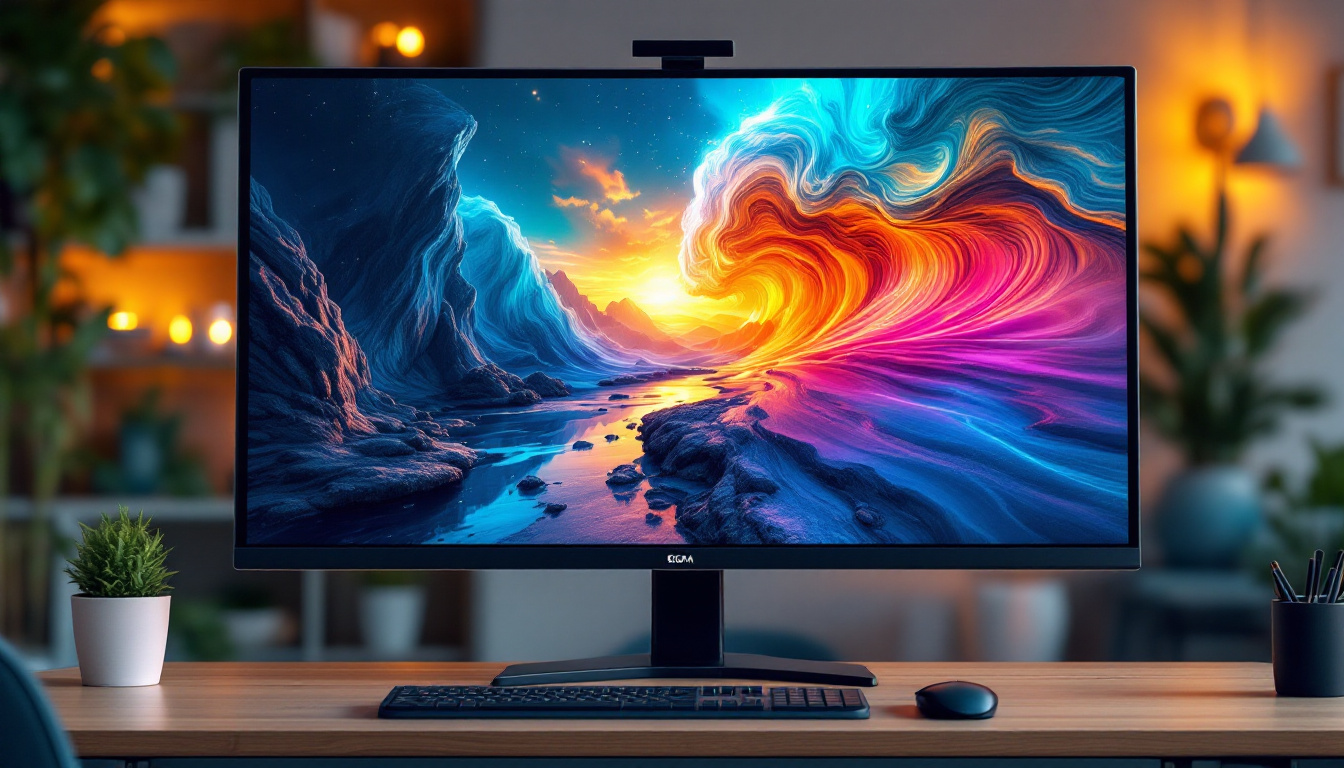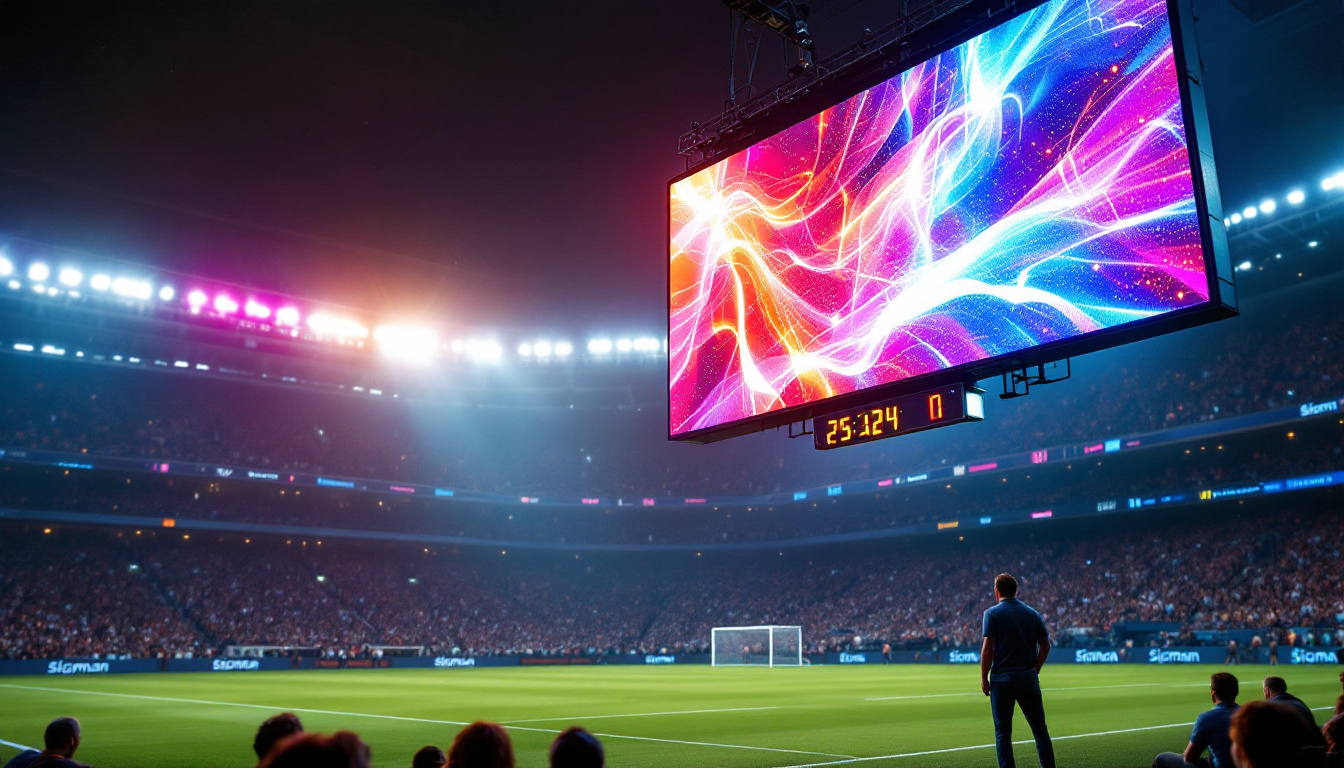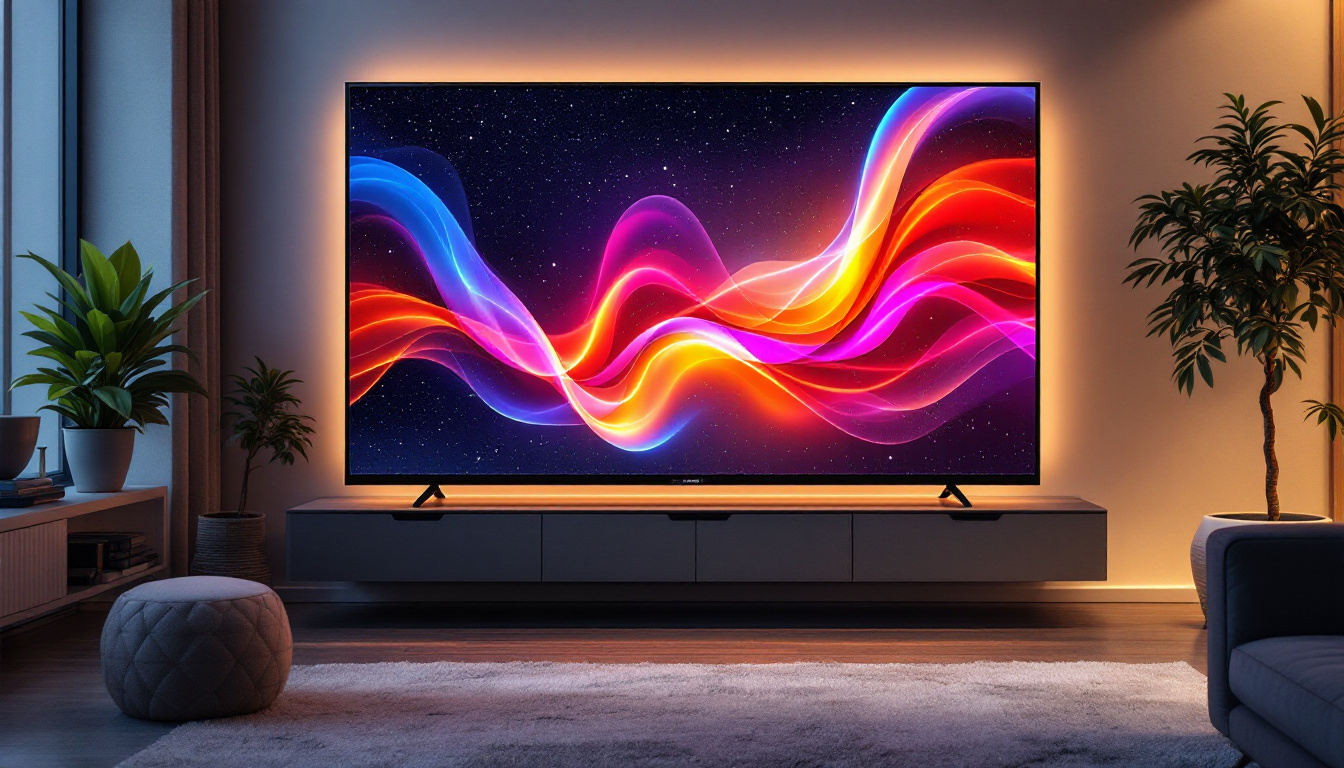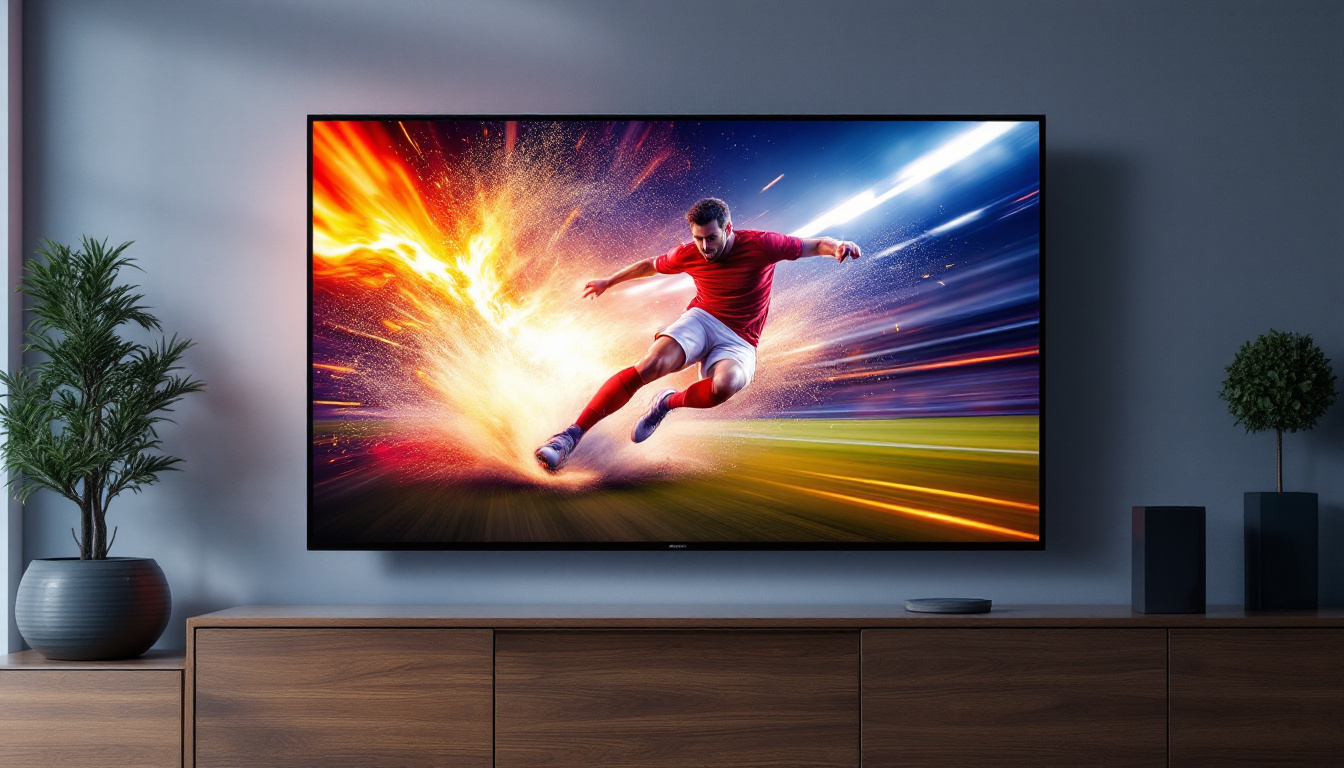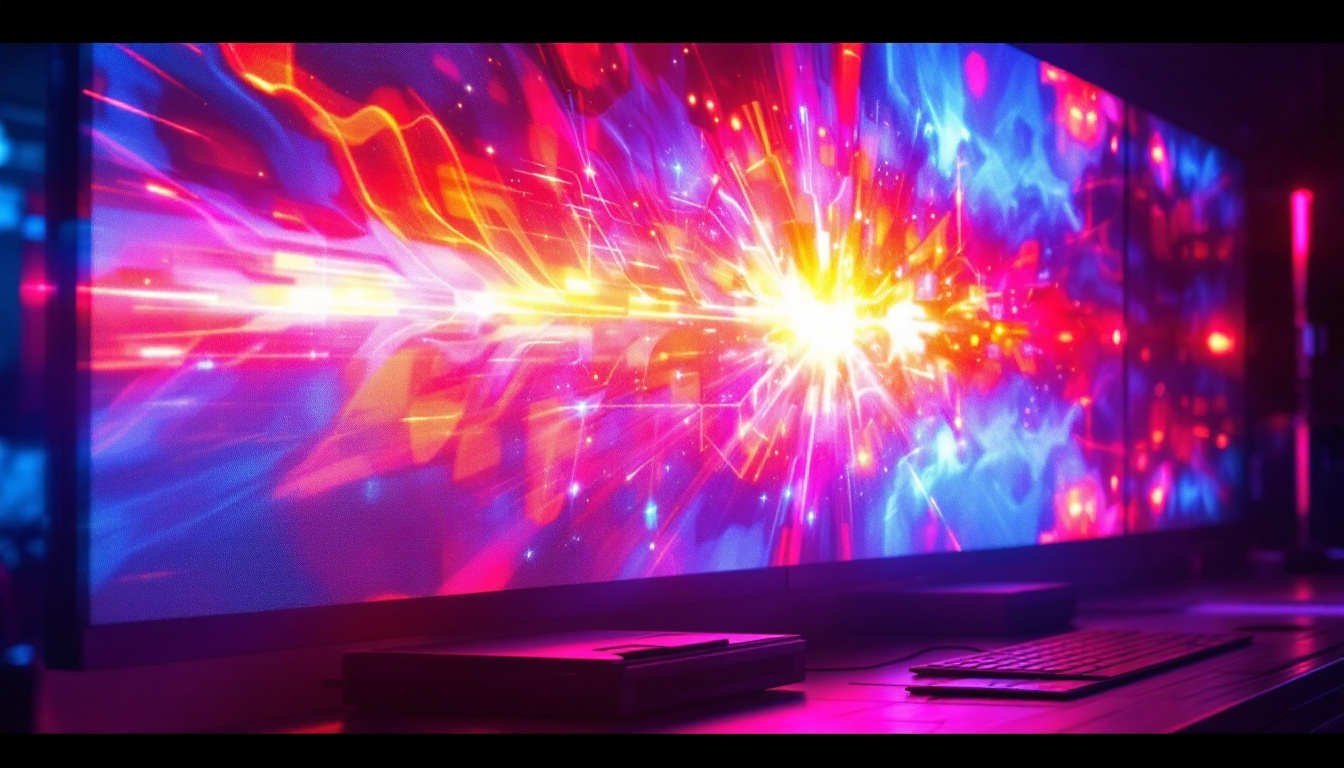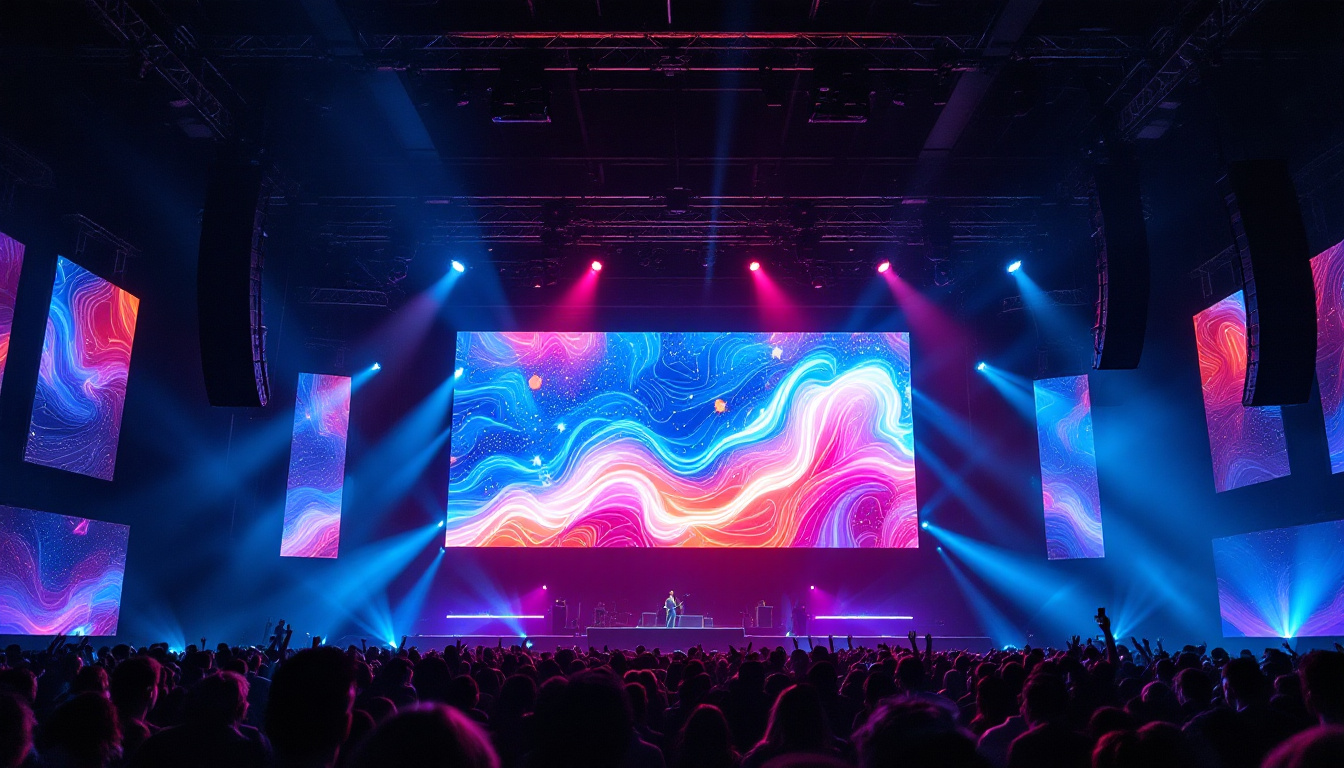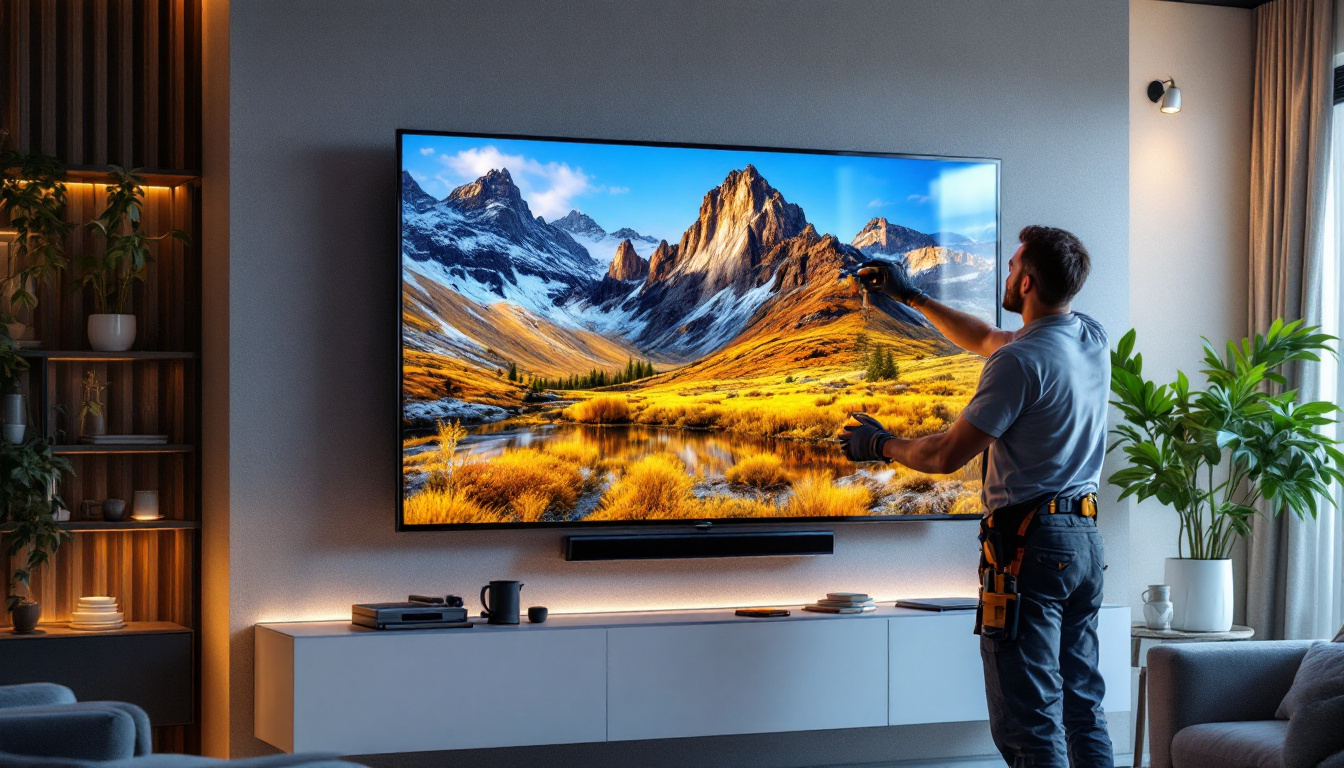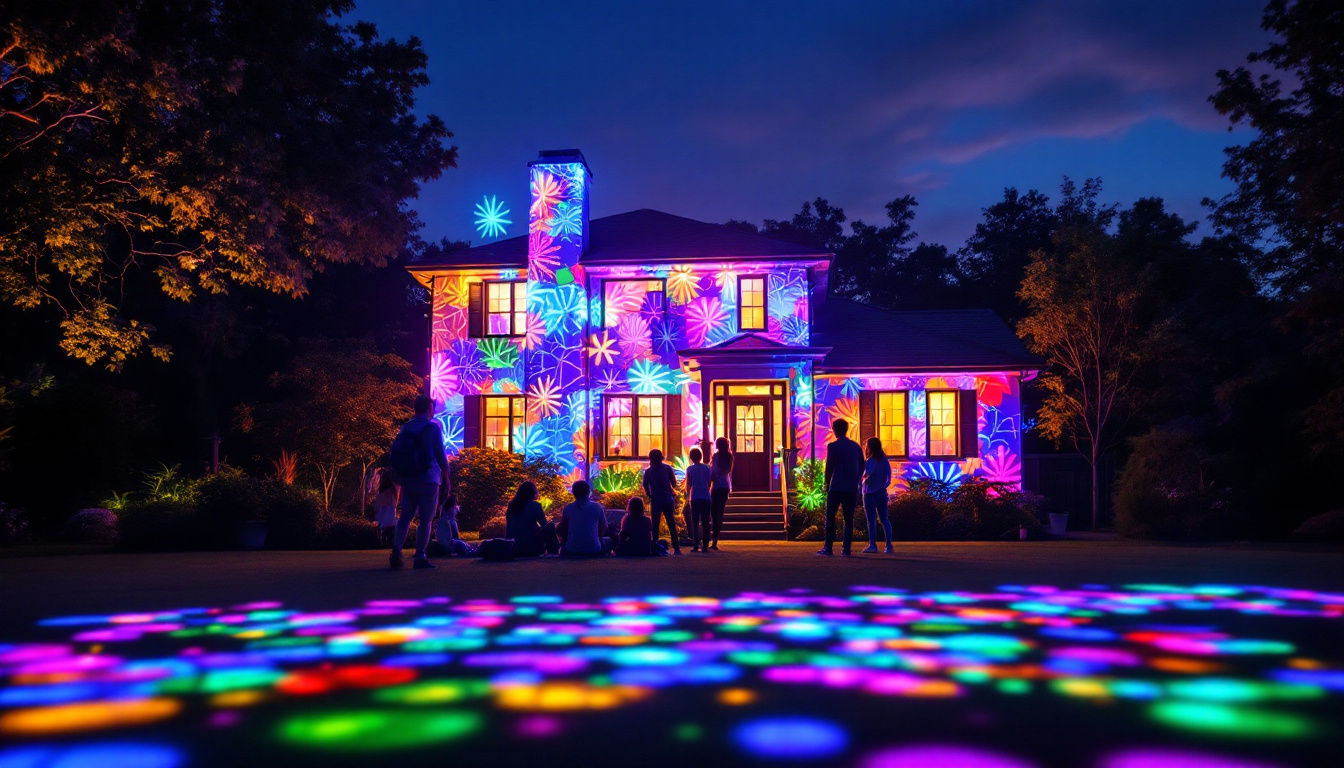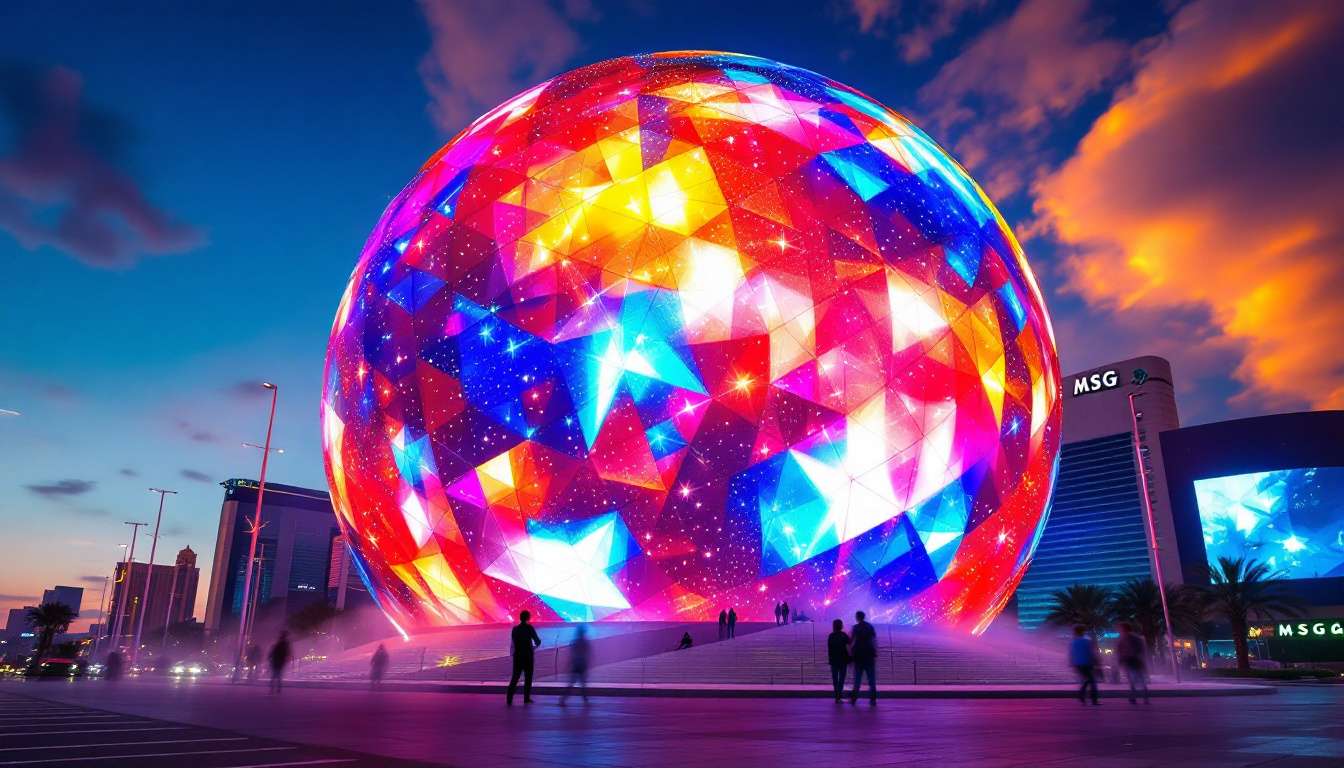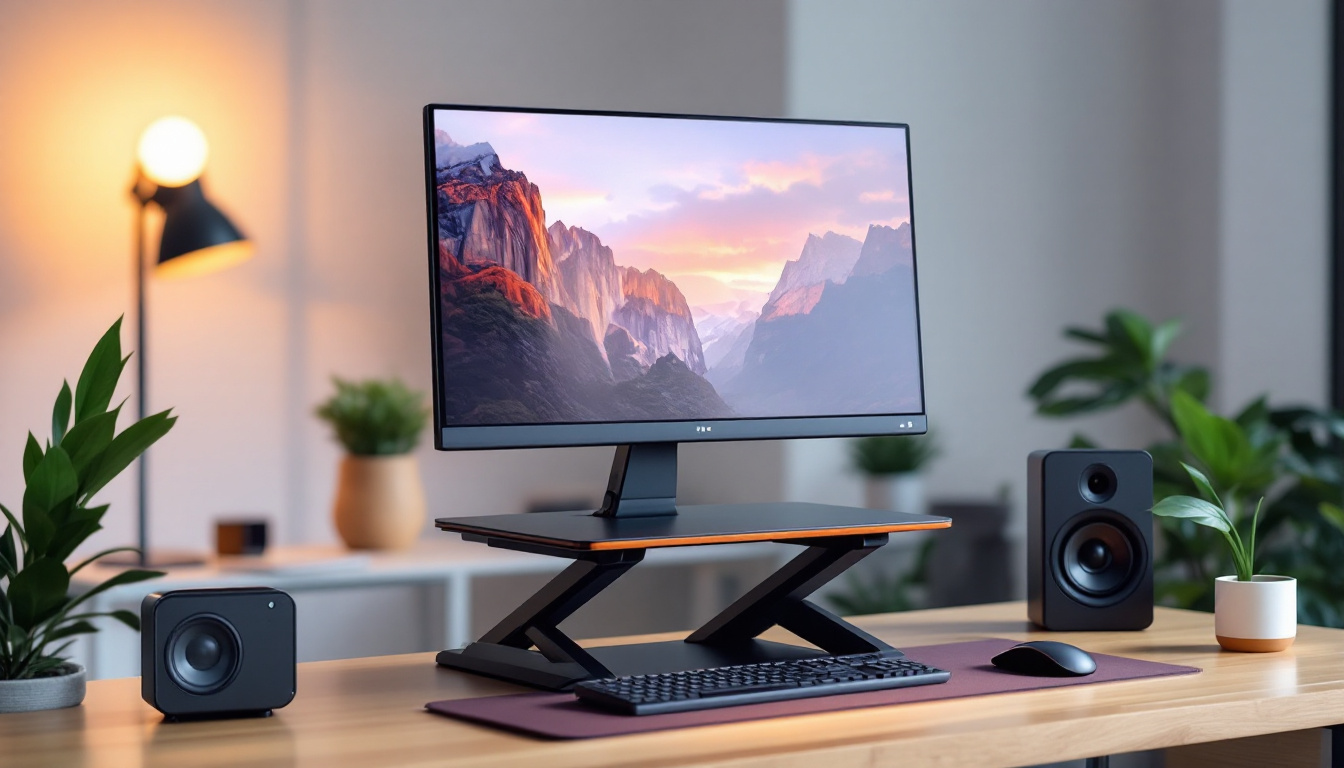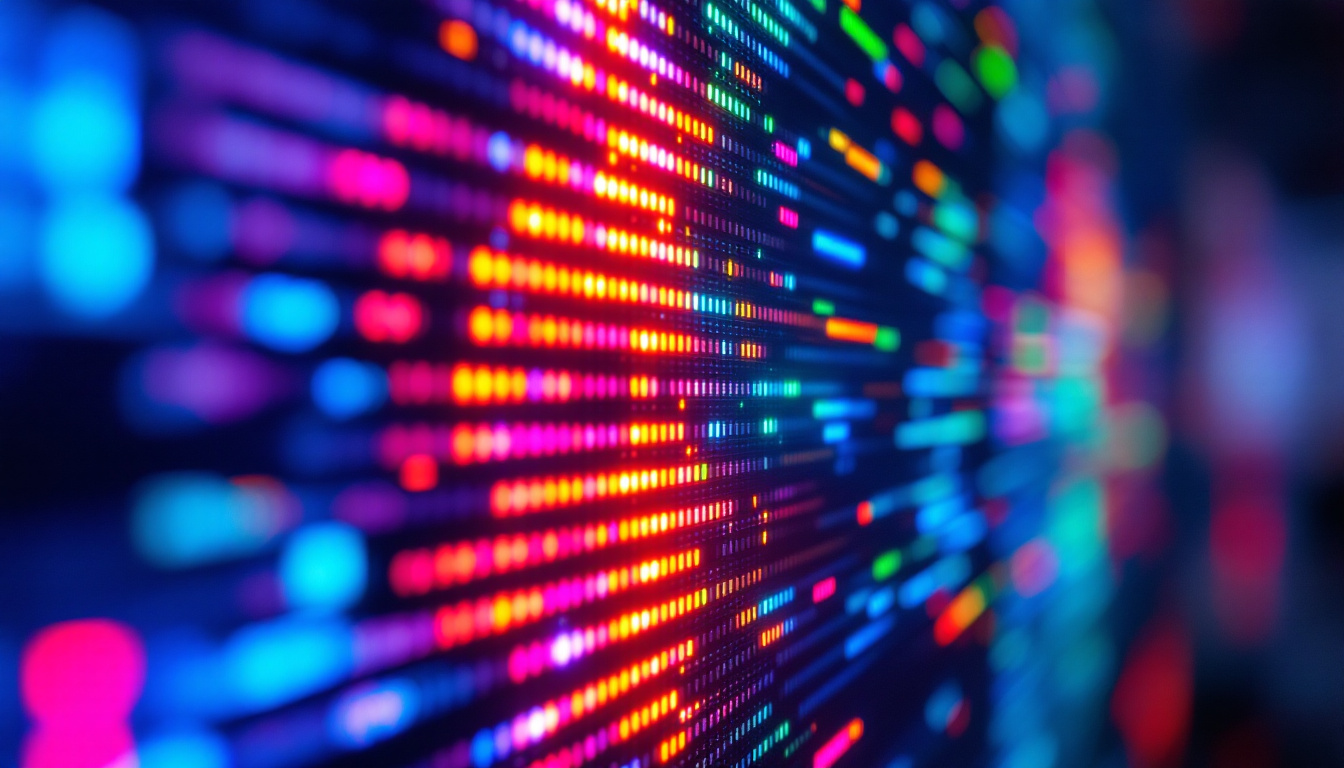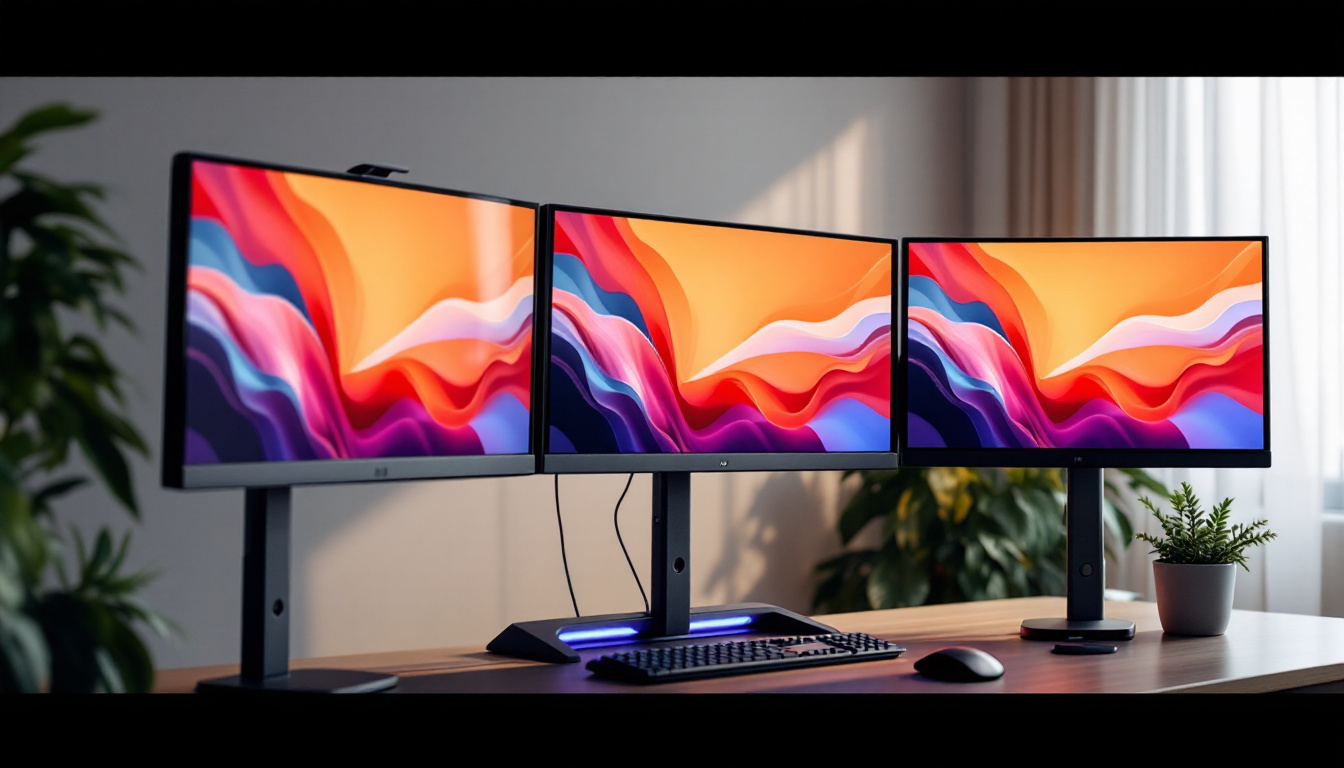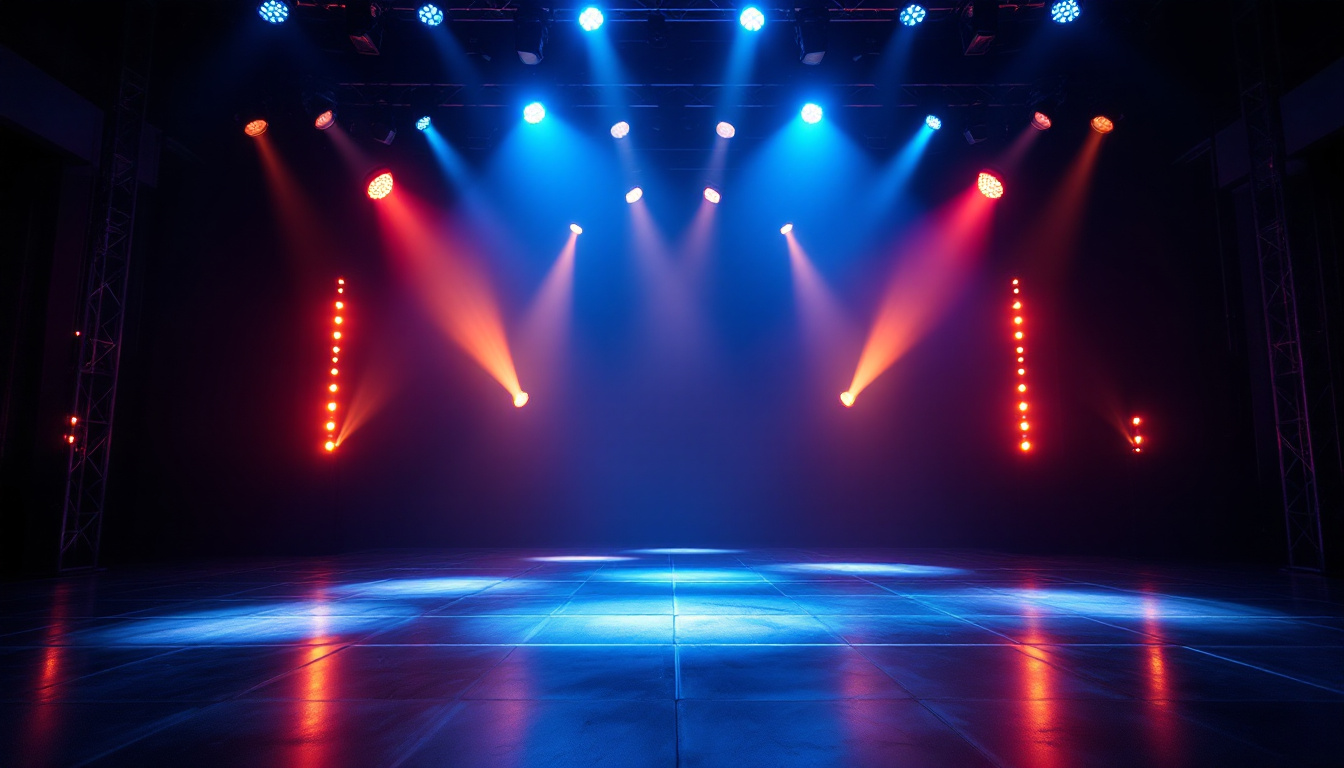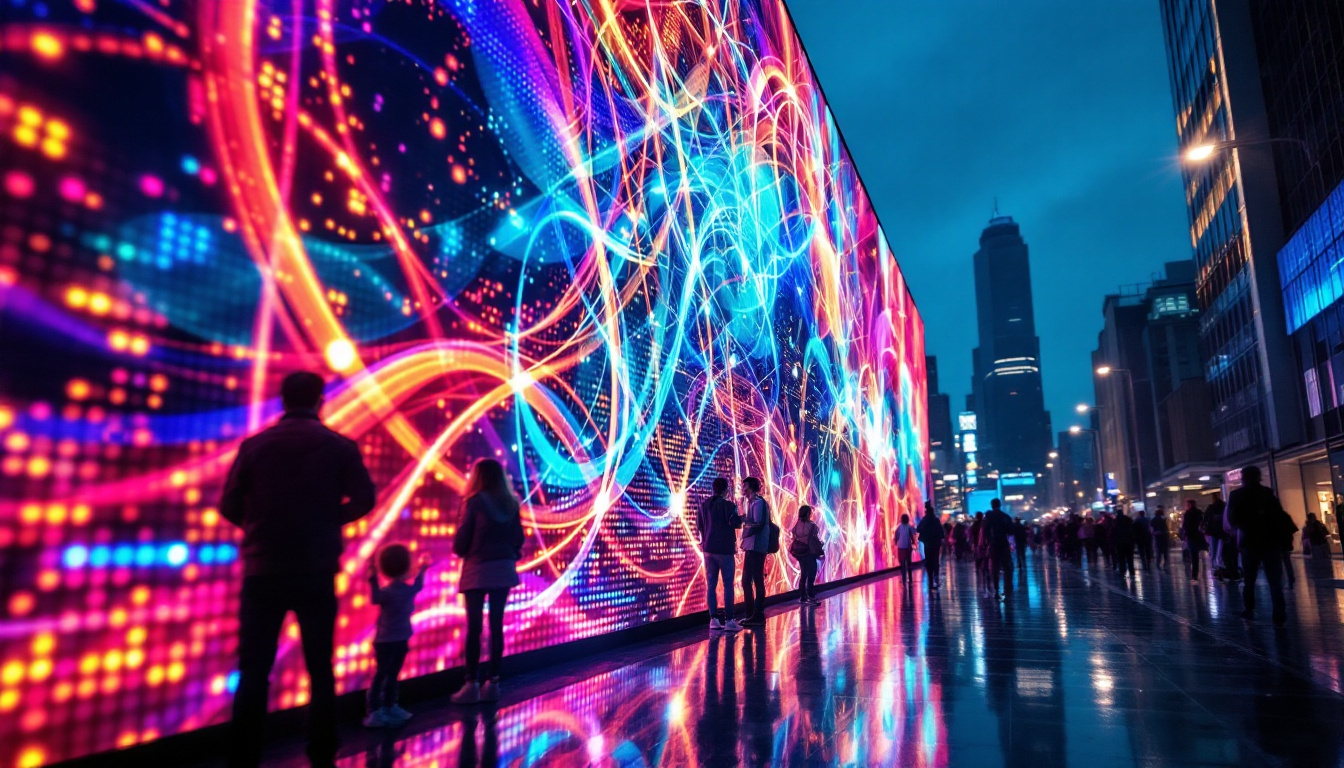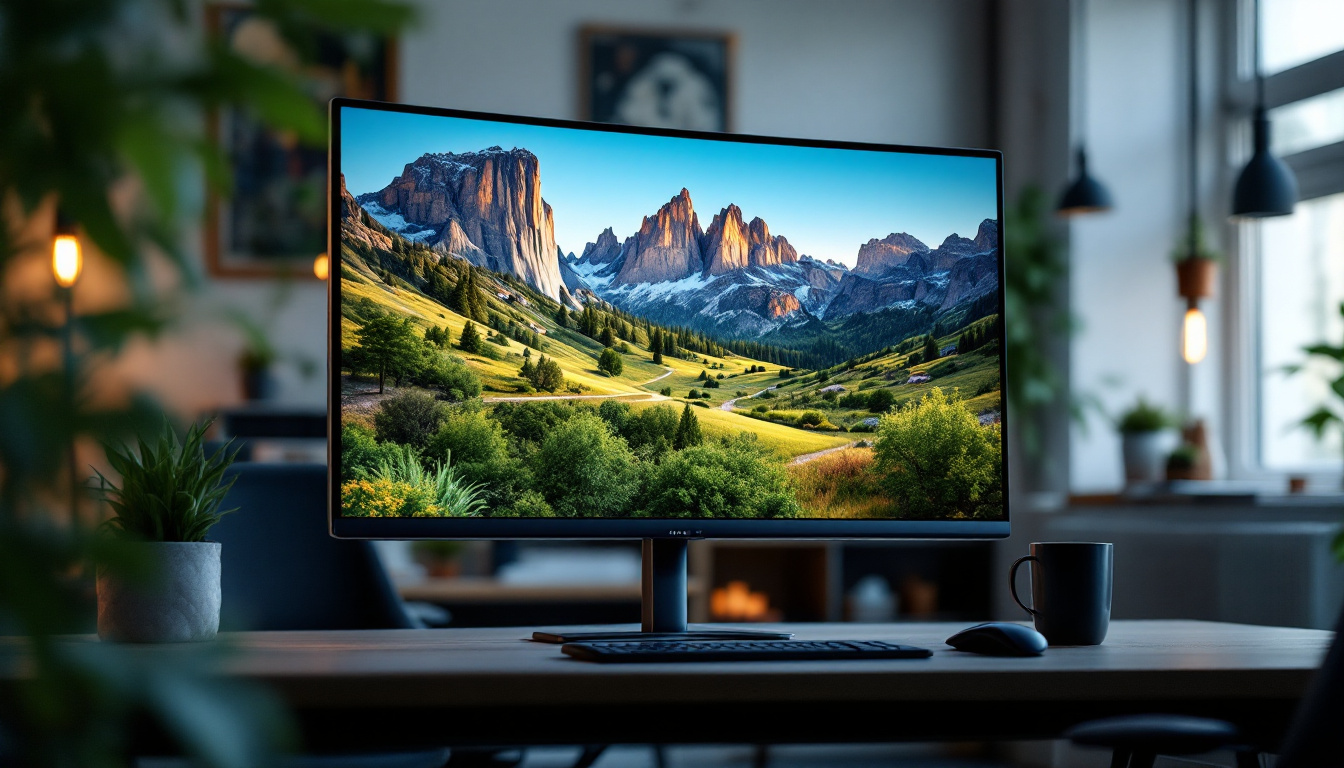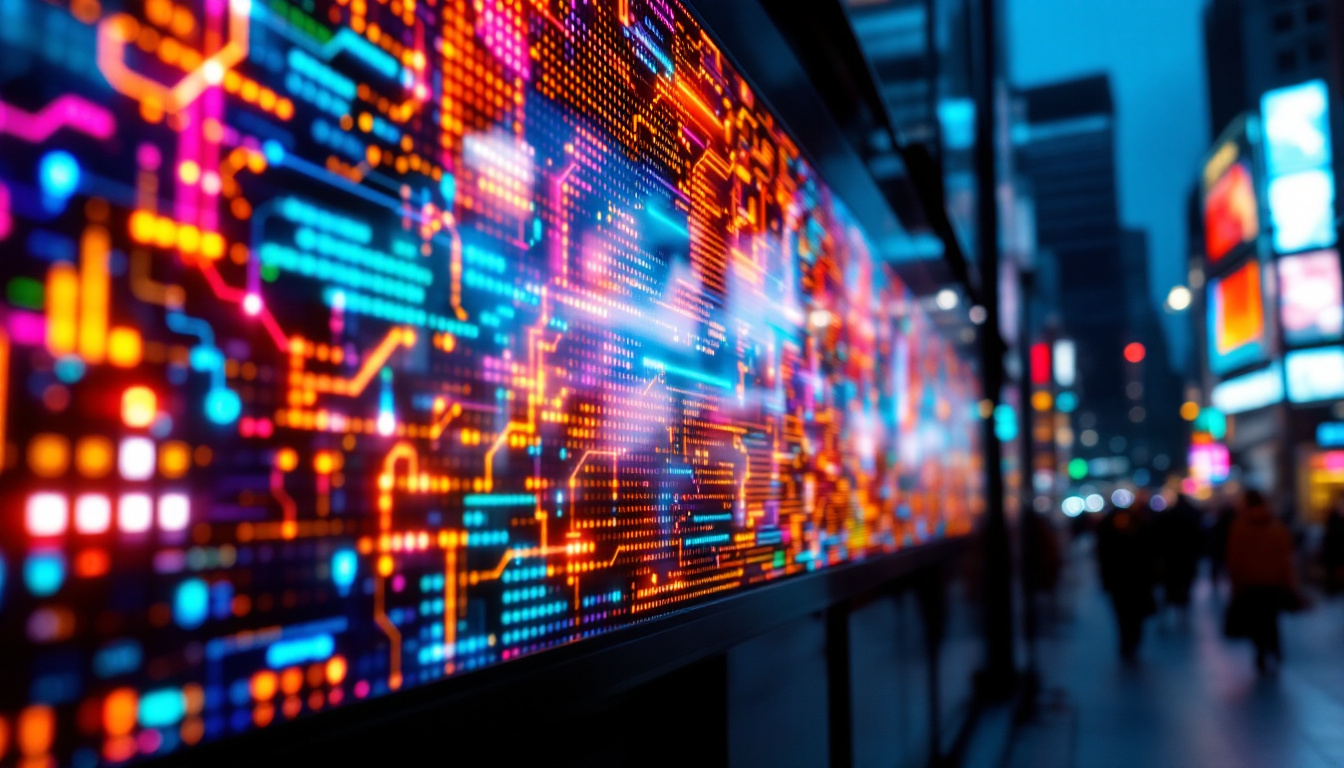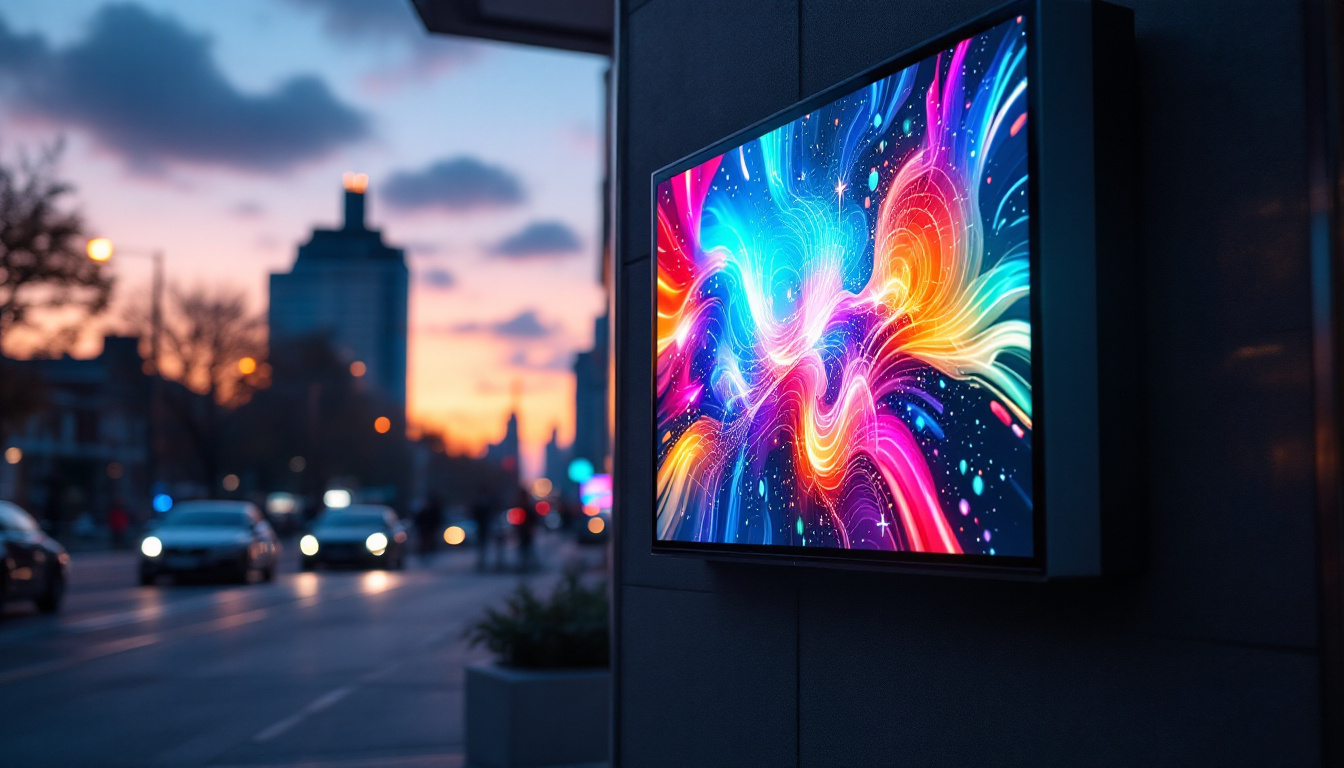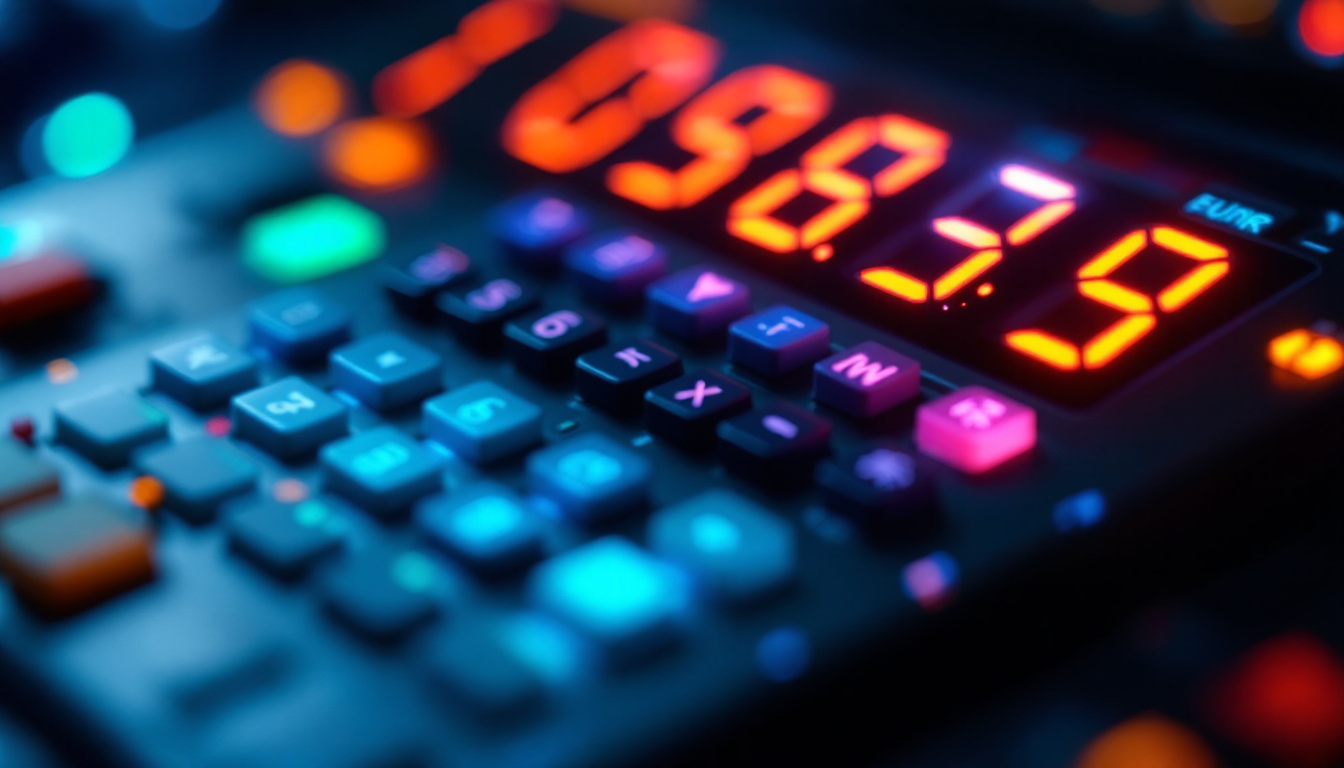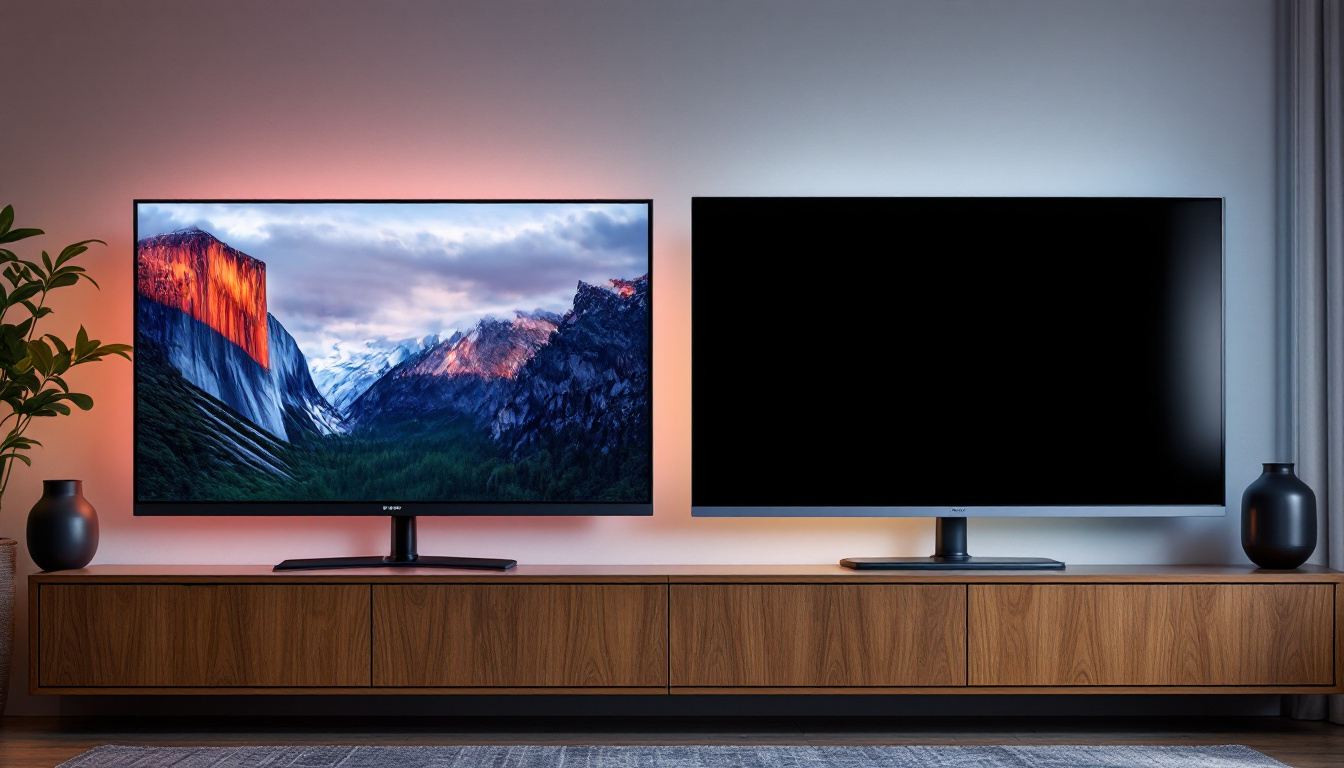In today’s fast-paced digital world, large format monitors have become an essential tool for various applications, ranging from advertising to professional presentations. These displays offer a unique blend of visual appeal and functionality, making them a popular choice for businesses and individuals alike. This article delves into the intricacies of LED displays, particularly in the context of large format monitors, exploring their technology, advantages, and applications.
Understanding LED Technology
Light Emitting Diode (LED) technology has revolutionized the way displays are designed and utilized. Unlike traditional LCD screens, which rely on backlighting, LED displays use individual diodes to produce light, resulting in brighter images and more vibrant colors. This shift has not only enhanced the viewing experience but has also paved the way for innovative applications across various industries, from consumer electronics to large-scale advertising.
How LED Displays Work
LED displays consist of an array of tiny light-emitting diodes that create images through a process called pixel modulation. Each pixel is made up of red, green, and blue (RGB) diodes, which combine to produce a wide spectrum of colors. By adjusting the intensity of each diode, the display can render detailed images and videos with remarkable clarity. This capability allows for dynamic content that can change in real-time, making LED displays ideal for environments where information needs to be updated frequently, such as in transportation hubs or public information systems.
One of the key advantages of LED technology is its ability to achieve high brightness levels. This makes LED displays particularly effective in environments with significant ambient light, such as trade shows or outdoor advertising. The durability of LEDs also contributes to their longevity, making them a cost-effective option over time. Additionally, LED technology is more energy-efficient compared to traditional lighting methods, which not only reduces operational costs but also minimizes environmental impact, aligning with the growing emphasis on sustainability in technology.
Types of LED Displays
LED displays can be categorized into several types, each suited for specific applications. The most common types include:
- Direct View LED: These displays are made up of individual LED modules that are directly visible to the viewer. They are often used in large outdoor billboards and sports arenas, where their high brightness and visibility can captivate large audiences.
- LED-backlit LCD: These displays combine traditional LCD technology with LED backlighting, offering improved color accuracy and energy efficiency. This hybrid approach has become popular in televisions and computer monitors, providing users with a balance of performance and affordability.
- MicroLED: A newer technology, MicroLED uses microscopic LEDs to create high-resolution displays. This type is gaining popularity for its potential in creating ultra-thin screens with exceptional image quality. MicroLED displays are also touted for their modularity, allowing for customizable sizes and shapes, which opens up exciting possibilities for innovative design in both commercial and residential settings.
In addition to these types, advancements in LED technology have led to the development of flexible and transparent displays, which can be integrated into a variety of surfaces, from windows to wearable devices. These innovations are not only enhancing aesthetic appeal but are also pushing the boundaries of how we interact with digital content, making it more immersive and integrated into our daily lives. As research continues, the future of LED technology promises even more groundbreaking applications that could redefine visual communication.
Advantages of Large Format LED Monitors
Large format LED monitors offer a myriad of benefits that make them an attractive option for both commercial and personal use. Understanding these advantages can help in making informed decisions when selecting a display.
Enhanced Visual Experience
One of the most significant advantages of large format LED monitors is their ability to deliver an enhanced visual experience. With high resolution and vibrant colors, these displays can captivate audiences, making them ideal for presentations, advertisements, and entertainment purposes.
The large screen size also allows for better visibility from a distance, ensuring that content is easily readable and engaging. This is particularly beneficial in settings like conference rooms, classrooms, and public spaces where multiple viewers need to see the same information simultaneously.
Energy Efficiency
Energy consumption is a critical factor for businesses looking to reduce operational costs. LED technology is known for its energy efficiency, consuming significantly less power compared to traditional display technologies. This not only lowers electricity bills but also contributes to a more sustainable environment.
Moreover, many large format LED monitors come with features such as automatic brightness adjustment, which further optimizes energy usage based on ambient light conditions. This intelligent design ensures that the display remains effective while minimizing energy waste.
Versatility and Customization
Large format LED monitors are incredibly versatile, making them suitable for a wide range of applications. From digital signage and retail displays to corporate presentations and educational tools, these monitors can adapt to various environments and needs.
Additionally, many manufacturers offer customization options, allowing businesses to tailor the size, shape, and functionality of their displays. This flexibility ensures that the monitor can fit seamlessly into any setting, enhancing the overall aesthetic and user experience.
Applications of Large Format LED Monitors
The applications of large format LED monitors are vast and varied. As technology continues to evolve, these displays are being utilized in innovative ways across different industries.
Advertising and Marketing
In the realm of advertising, large format LED monitors have become a staple for businesses looking to capture consumer attention. Their bright, dynamic displays can showcase advertisements in high-traffic areas, such as shopping malls, airports, and city streets.
Digital signage powered by LED technology allows for real-time updates and interactive content, making it easier for businesses to engage with their audience. This adaptability not only enhances marketing efforts but also provides valuable insights through data analytics.
Corporate and Educational Use
In corporate environments, large format LED monitors are increasingly used for presentations, video conferencing, and collaborative work. Their ability to display high-quality visuals ensures that important information is communicated effectively, fostering better understanding and engagement among team members.
In educational settings, these monitors serve as powerful teaching tools. They can be used to display multimedia content, facilitate interactive learning experiences, and enhance classroom engagement. With the rise of remote learning, large format LED displays are also becoming essential for virtual classrooms, enabling clear communication between educators and students.
Entertainment and Events
Large format LED monitors play a crucial role in the entertainment industry, particularly in live events such as concerts, sports games, and festivals. Their ability to deliver stunning visuals and vibrant colors enhances the overall experience for attendees, making events more memorable.
Furthermore, these displays are often used in theme parks, museums, and exhibitions to create immersive experiences. By integrating LED technology with interactive elements, organizations can captivate audiences and provide them with unique, engaging content.
Choosing the Right Large Format LED Monitor
When selecting a large format LED monitor, several factors should be considered to ensure that it meets specific needs and requirements. Understanding these elements can help in making an informed decision.
Screen Size and Resolution
The size and resolution of the monitor are critical factors that directly impact the viewing experience. Larger screens are ideal for environments where viewers will be at a distance, while higher resolutions ensure that images and text are sharp and clear.
It is essential to assess the viewing distance and the type of content that will be displayed. For instance, a monitor used for detailed graphics may require a higher resolution compared to one used primarily for text-based content.
Brightness and Contrast Ratio
Brightness levels are particularly important for large format monitors, especially in brightly lit environments. A monitor with higher brightness will be more effective in delivering clear visuals, even in challenging lighting conditions.
Additionally, the contrast ratio plays a significant role in the overall image quality. A higher contrast ratio ensures that blacks are deeper and colors are more vibrant, enhancing the viewing experience.
Connectivity and Compatibility
Another crucial aspect to consider is the connectivity options available on the monitor. Ensure that the display supports the necessary inputs, such as HDMI, DisplayPort, or USB-C, to accommodate various devices.
Compatibility with existing systems and software is also vital. This ensures that the monitor can seamlessly integrate into the current setup, minimizing disruptions and maximizing efficiency.
Future Trends in Large Format LED Displays
The landscape of large format LED displays is continuously evolving, driven by advancements in technology and changing consumer demands. Staying informed about future trends can help businesses and individuals make strategic decisions regarding their display needs.
Higher Resolutions and Pixel Density
As technology progresses, the demand for higher resolutions and pixel density is on the rise. 8K displays are becoming more prevalent, offering unprecedented clarity and detail. This trend is particularly relevant for applications that require intricate visuals, such as design work and high-definition video playback.
Additionally, advancements in pixel technology, such as MicroLED and MiniLED, are set to enhance image quality further, providing deeper blacks and more vibrant colors.
Integration of AI and Interactive Features
Artificial intelligence (AI) is making its way into display technology, enabling features such as content personalization and predictive analytics. This integration can enhance user engagement and improve the effectiveness of digital signage.
Interactive features, such as touch capabilities and gesture recognition, are also gaining traction. These functionalities allow viewers to engage with content in new ways, transforming passive viewing into an interactive experience.
Focus on Sustainability
As environmental concerns continue to grow, sustainability is becoming a key focus in the manufacturing of large format LED displays. Manufacturers are increasingly prioritizing eco-friendly materials and energy-efficient designs, contributing to a more sustainable future.
Additionally, recycling programs for old displays are becoming more common, allowing businesses to dispose of outdated technology responsibly.
Conclusion
Large format LED monitors have transformed the way information is presented and consumed across various sectors. With their vibrant visuals, energy efficiency, and versatility, these displays are poised to remain at the forefront of display technology.
As advancements continue to shape the industry, staying informed about the latest trends and innovations will be crucial for businesses and individuals looking to leverage the full potential of large format LED displays. Whether for advertising, corporate use, or entertainment, understanding the capabilities and applications of these monitors can lead to more effective communication and engagement.
Discover LumenMatrix’s Innovative LED Solutions
Ready to elevate your visual communication with the latest in LED technology? Explore LumenMatrix’s comprehensive range of LED display solutions, designed to bring your brand to life. From Indoor and Outdoor LED Wall Displays to specialized options like Vehicle, Sports, and Floor LED Displays, LumenMatrix offers custom and all-in-one solutions to fit your unique needs. Experience the future of vibrant, energy-efficient, and versatile signage with our state-of-the-art LED Transparent Displays. Check out LumenMatrix LED Display Solutions today and transform the way you engage with your audience.

